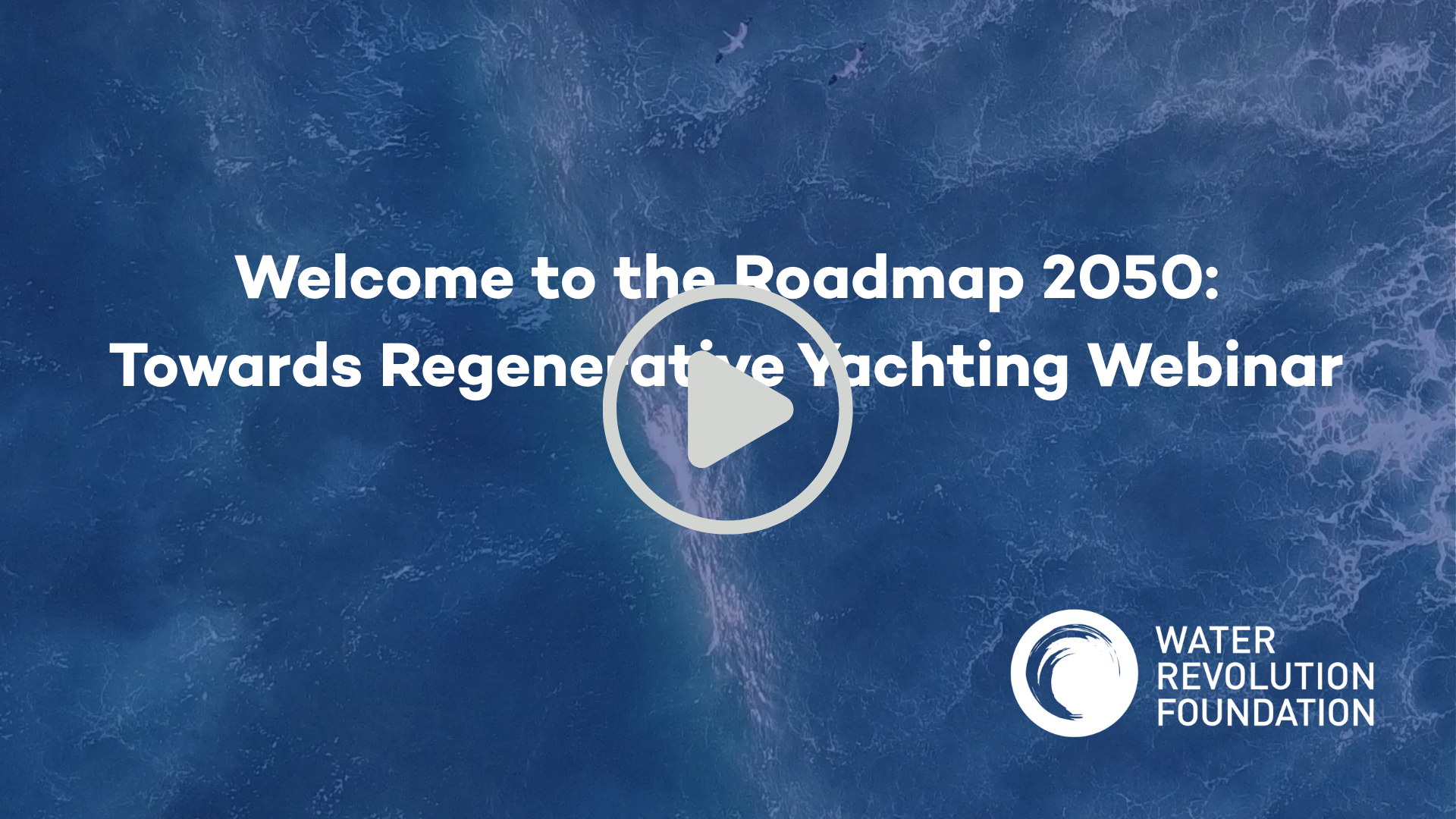The Roadmap 2050: build Sector Targets
Watch our Roadmap 2050 webinar:
The Roadmap to 2050 is designed to serve as a compass for navigating uncharted waters—together.
It outlines a collective, coordinated approach with quantified goals that engage and empower every stakeholder in the yachting industry. By committing to this roadmap, yachting companies can future-proof their operations, not only advancing decarbonisation but also moving towards a regenerative future.
Explaining the need, the background and compilation of this Roadmap is a critical step for soliciting commitment.
2025
30 largest yacht builders select KPIs to annually submit energy, waste and water use
2030
Emissions from energy: -30%, from waste: -20% and from water: -20%
2035
Emissions from energy: -53%, from waste: -40% and from water: -40%
2040
Emissions from energy: -72%, from waste: -60% and from water: -60%
2045
Emissions from energy: -87%, from waste: -80% and from water: -80%
2050
Emissions from energy: -100%, from waste: -100% and from water: -100%
Sector specific targets: Build
The focus of the build targets are process related, not product. Meaning the emissions of required energy, generated waste and use of water that come with building yachts. This is something shipyards have full control over, where for the product many other stakeholders are involved. The amount of energy, but also the mix of energy sources determine the emissions of the process, and the impact factor per built Gross Tonnage (GT).
Waste from yacht building seems generally not hazardous, yet this does not mean that it is not impactful to dispose/recycle. The amount of waste can add up to a significant percentage compared to the weight of the vessel, which can show where a lot is to gain as well, also from an economic cost point of view apart from the environmental cost.

The collective path forward
Effectively measure sustainable progress, through our collaborative shipyard roundtables.
Through our dedicated shipyard roundtable, we’re collaborating with shipyard sustainability managers to define data scopes, KPIs, and collection methods for the build phase of our monitoring system. We welcome additional shipyards to join this group and help lay the foundation for measurable sustainability in new builds.

